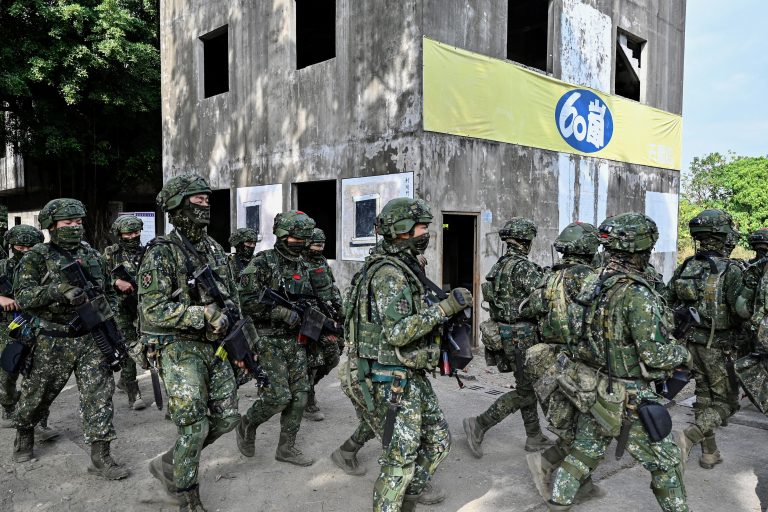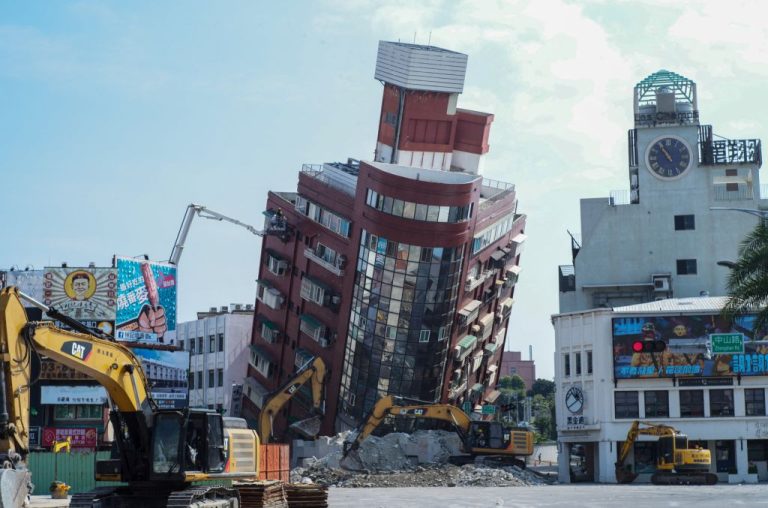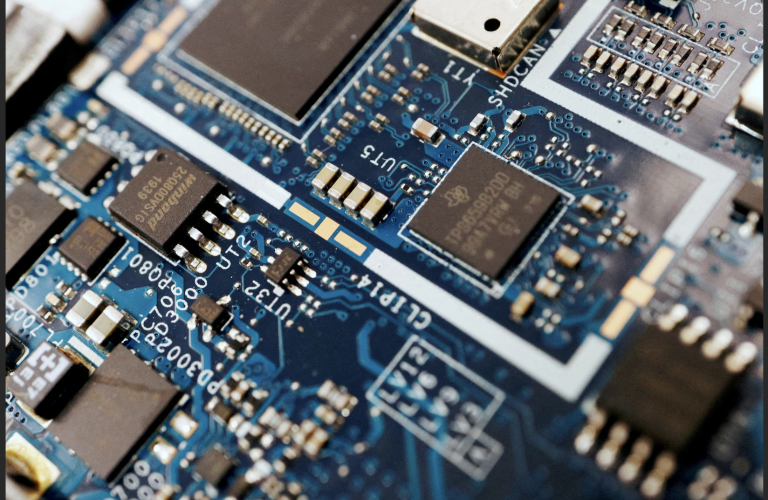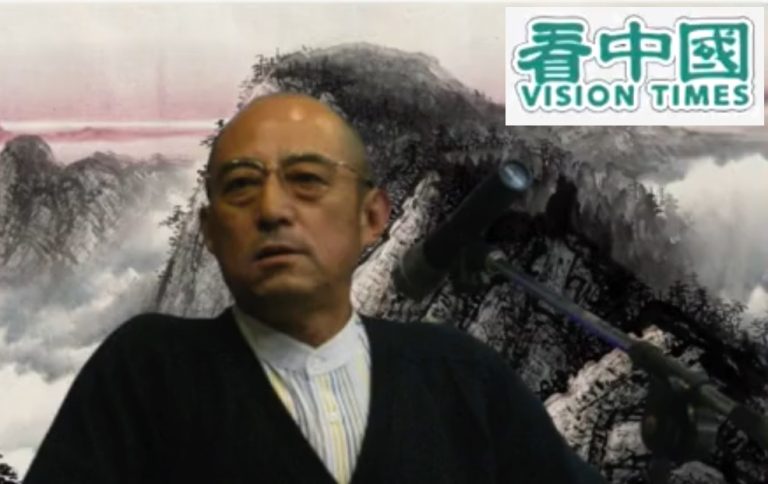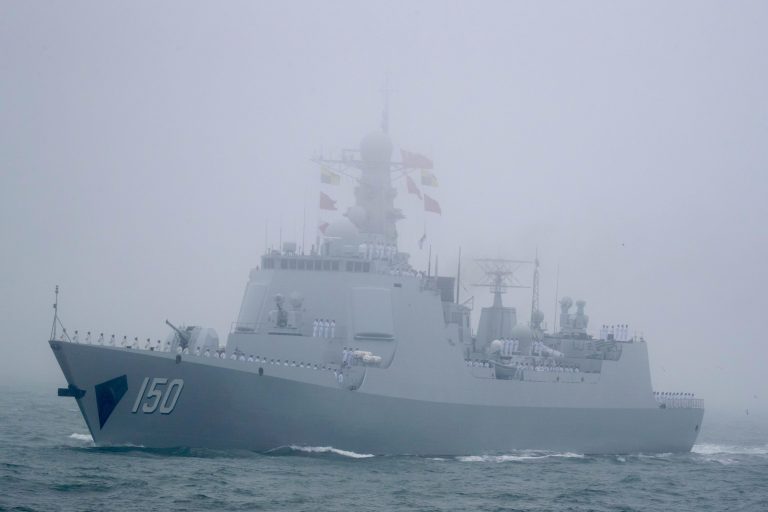On Jan. 6, Taiwanese armed forces conducted a mock urban street battle that featured troops and armored vehicles as preparation against a potential mainland Chinese invasion of the island. The focus on urban combat is a critical component of Taiwan’s military preparedness.
Soldiers from two platoons took part in the drill that saw them shooting at each other in a simulated battle while hiding inside homes and behind sandbag barricades. A mock-up town was set up for the exercise.

“Any future battle to protect Taiwan will be an urban warfare… The Chinese communist troops’ battle plans will be invading and landing firstly from coastal towns, then the fighting will progress into more populated residential and commercial areas and lastly push into mountainous villages,” Kiwi Yang, an instructor at Army Infantry School, told reporters while noting that the majority of Taiwan’s 23 million people live in cities.
The communist People’s Republic of China (PRC) claims Taiwan as an integral part of its territory. The island is currently governed as the Republic of China (ROC), which ran all of China until 1949, when it was driven off the mainland by communist armies in the civil war.
ROC forces have recently been forced to contend with the prospect of imminent military conflict, as the communist People’s Liberation Army (PLA) steps up its aggression near Taiwan.
Success
You are now signed up for our newsletter
Success
Check your email to complete sign up
A day before the urban warfare drills, on Jan. 5, Taiwanese air force jets were involved in a warfare simulation drill.
A database compiled by AFP showed that the PLA sent 970 aircraft into Taiwan’s air defense identification zone (ADIZ) in 2021, a far higher number when compared to the 380 mainland planes that entered the ADIZ in 2020.
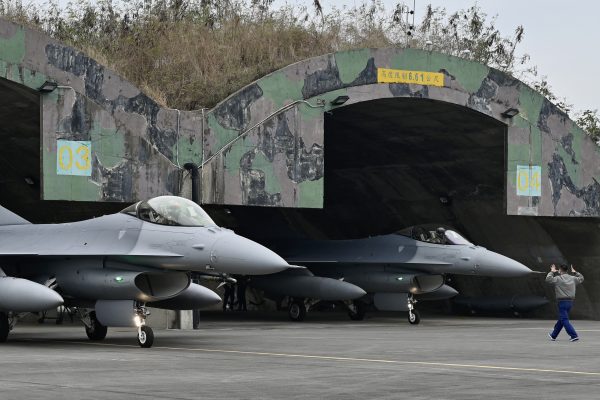
“With the very high frequency of Communist planes entering our ADIZ, pilots from our wing are very experienced and have dealt with almost all types of their aircraft,” Major Yen Hsiang-sheng told reporters.
Taiwan’s drills come after the PLA held a similar mock battle last month. The military exercise featured several dozens of tanks and hundreds of troops tasked with simulating the capture of the island. A team that represented the PLA removed several roadblocks like landmines to capture a mock city in just under three hours.
In addition to bombardment and direct amphibious assault on Taiwan, the island can also expect the PLA to drop paratroopers or special forces in and near Taiwan’s cities, which would complicate defense efforts and cause chaos among the civilian population.
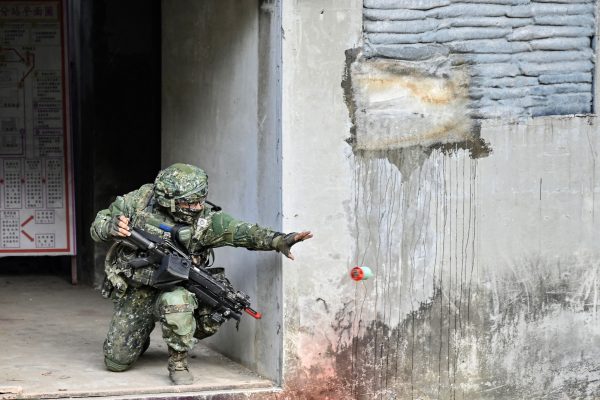
Beijing denies the legitimacy of the ROC and claims that Taiwan is a part of a unified People’s Republic. Taiwan’s current leadership maintains that the ROC is an independent country, and encourages a non-Chinese identity for Taiwan. PRC leaders, however, have hinted that they would use military force if required to annex the island should it attempt to declare formal independence.
In her New Year speech, Taiwan President Tsai Ing-wen demanded Beijing cease its military activity near the island.
“We must remind the Beijing authorities to not misjudge the situation and to prevent the internal expansion of military adventurism… The military is definitely not an option for solving cross-strait disagreements. Military conflicts would impact economic stability… [Both Taipei and Beijing must] work hard to take care of people’s livelihoods and calm the hearts of the people,” Tsai said.
The PRC responded strongly to Tsai’s speech, with Zhu Fenglian, spokesman for the Taiwan Affairs Office in Beijing, warning that if Taiwan seeks to cross any “red line” or if the island’s “separatist forces continue to provoke and coerce,” the Chinese regime will take “decisive measures.”
Seeking Taiwan’s independence will only bring about a “profound catastrophe” and throw the island into a “deep chasm,” Zhu said.
In a recent report, the ROC Defense Ministry had said that the PLA would face immense difficulties if it plans for a full invasion of the island. Such an operation would require rapid capture of Taiwan’s ports and airports, and not be easy to pull off.
“However, the nation’s military strongly defends ports and airports, and they will not be easy to occupy in a short time. Landing operations will face extremely high risks,” the report, released December 2021, said.
The PLA is also limited in how many forces it can realistically land on Taiwan, due to limited capacity and transport options. Aerial and seaborne invasions are notoriously difficult and costly undertakings, as experiences in past conflicts such as World War II have shown.



